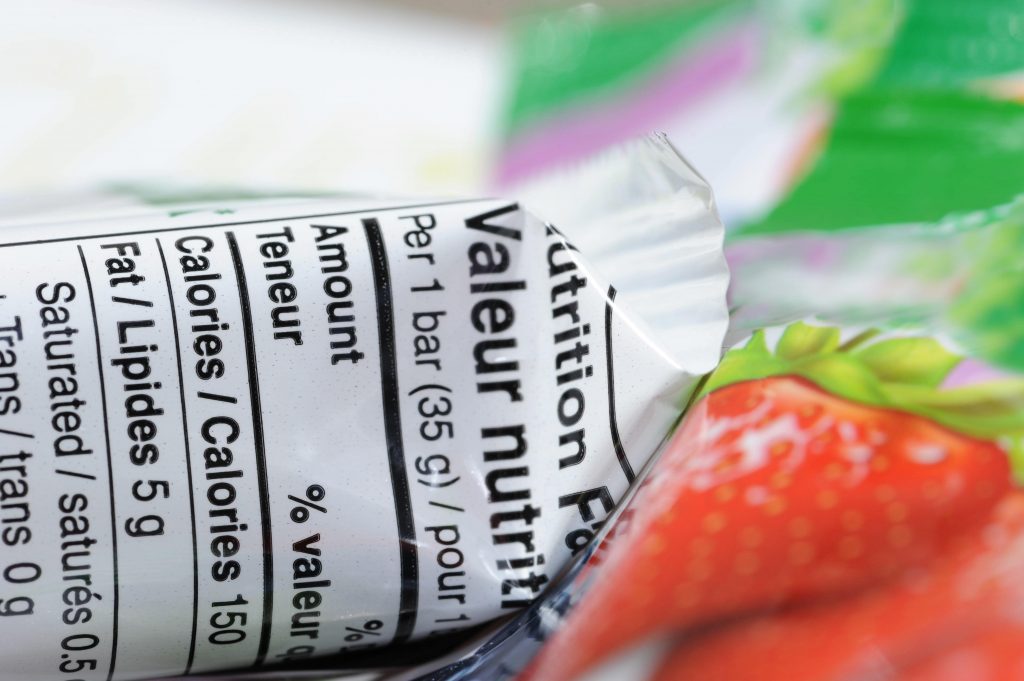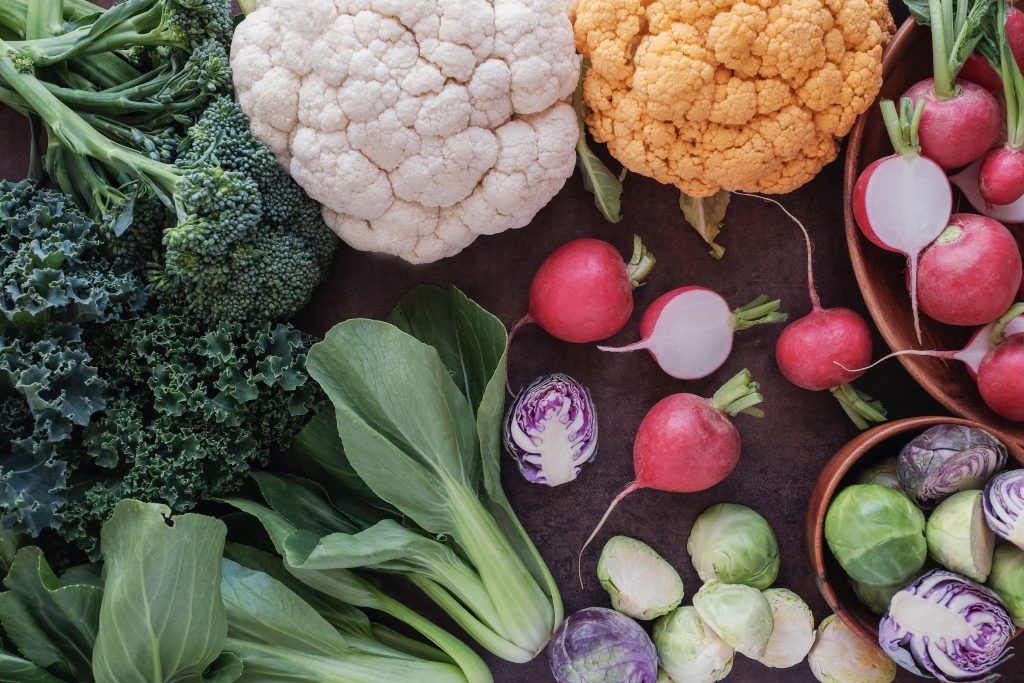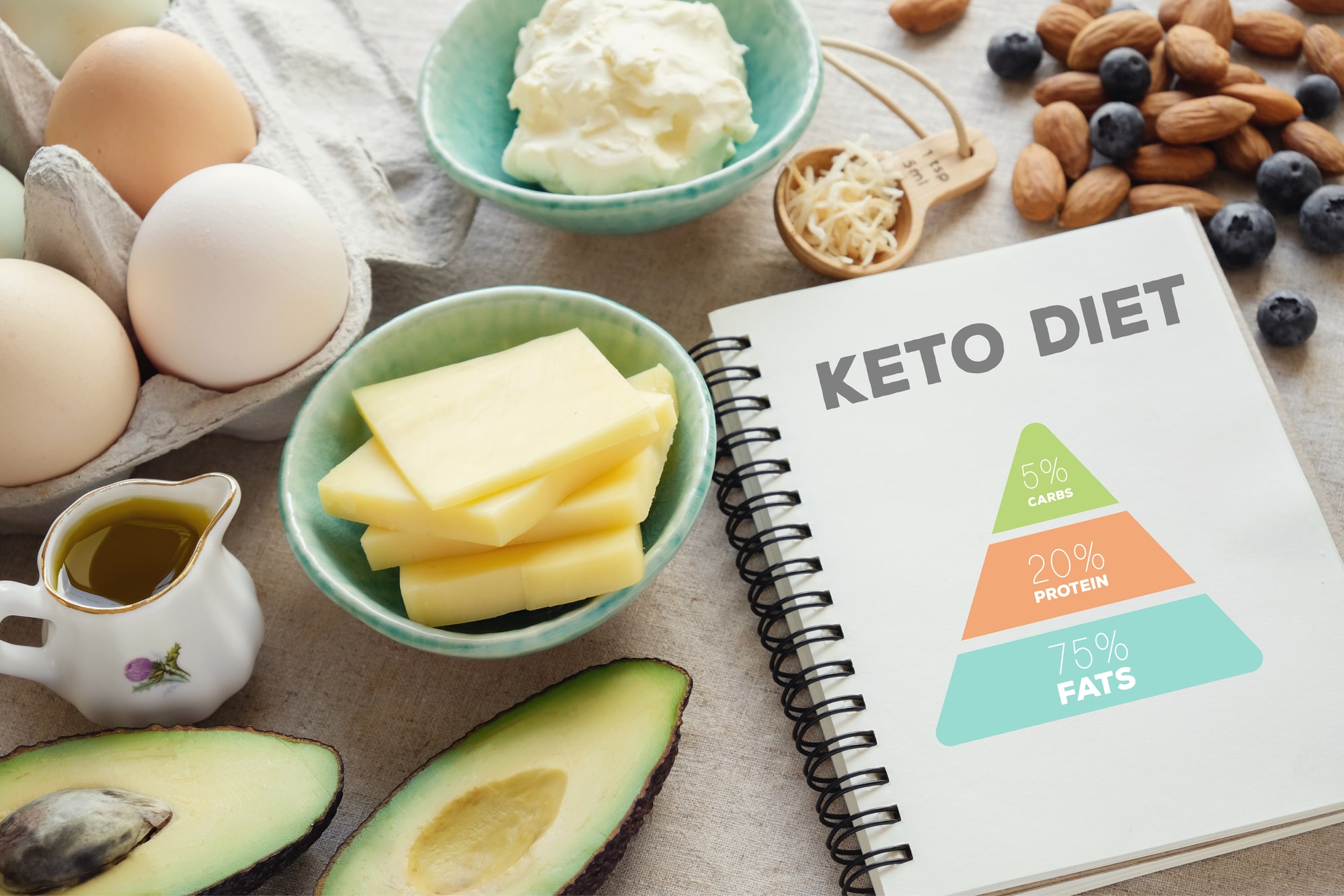Keto nutrition; “How difficult can it be? Just cut carbs and up your fats!” If only it were that easy. Once you get into the swing of things, following a ketogenic diet is relatively straightforward. However, for keto novices, it’s a complex world of carb counting, measuring ketones, and determining what food is deemed “keto friendly” and what food isn’t.
A low carb high fat diet can be effective for anyone. However, there are a number of common keto mistakes people continue to make. Avoiding these mistakes will not only help you burn ketones properly without plateauing or feeling fatigued but also make your ketogenic journey a more enjoyable one.
Here are 10 common mistakes people starting a keto diet make and how you can fix them.
1. Eating Too Much Protein
Protein is an essential macronutrient, there’s no doubt about it. However, the majority of people don’t consume enough. Protein is beneficial in many ways as it helps you;
- Feel full
- Reduces cravings
- Repairs muscles after working out
- Help promote weight loss (if you get the balance right)
One of the biggest mistakes made by people following a very low-carb diet is that they actually end up consuming too much. And when this happens, some of the amino acids from the protein are converted into glucose (i.e. sugar) through a metabolic process known as gluconeogenesis. When this happens it can prevent you from getting into a state of ketosis.
A good rule of thumb is to consume 0.5-2.0 grams of protein for every kilo of body weight. If you work out, you’ll need a little more.

2. Not Getting The Right Amount Of Electrolytes
Keto flu is common, especially when first beginning a keto diet. Other side effects you might experience include;
These could be a sign that your body is adjusting or it could also mean you’re not getting enough electrolytes. Generally, when you first start a keto nutrition diet, you urinate more because you’re releasing stored water from the glycogen you’re burning. Thus can cause dehydration and a loss of minerals.
So, include more electrolytes in your diet. For beginners, who already have too much to think about, taking an electrolyte supplement usually solves the problem. Adding more keto friendly nutrient-dense foods into your diet will also help. Examples of good keto nutrition include;
- Leafy greens
- Nuts
- Seeds
- Grass-fed meats
3. Not Meal Planning
Initially, there are many things you need to remember when starting a keto diet. This combined with a busy lifestyle often means there’s limited time to think of, prepare, and cook a healthy keto-friendly meal. Meal prepping for a keto diet helps enormously! Especially in the early days when your body craves food and sugar. Without planning meals, it’s very easy to fall off the wagon.
So, write grocery lists. Plan your shopping trips. Prep meals for the rest of the week, and store them in airtight containers. Having a healthy keto-friendly meal on hand will stop you from reaching for the phone and calling for a takeout.

4. Not Sleeping Enough
Not getting enough quality sleep can increase stress hormones, which results in cravings and unwanted fat gain. When you have bad sleeping habits, it’ll inevitably affect other areas of your life as well. A lack of sleep causes irritability and drowsiness, which will affect both your personal and professional life.
When this happens, your stress levels will increase, which could lead to making impulsive decisions, wrong food choices, and cheating. All off which can kick you out of ketosis. In short, sleep is paramount. To maintain your energy and lose weight effectively, adequate sleep is a must.
Sleep Tips
To help ensure you get your 8 hours of healthy uninterrupted sleep each night try to;
- Limit screen time before sleeping
- Make a bedtime routine
- Sleep in a dark space that is cool
5. Overeating High Inflammatory Foods
A keto diet usually has anti-inflammatory benefits, however, there are some low carb high-fat foods that can trigger inflammation. One big keto mistake is relying on processed meats, such as sausage, salami and vegetable oils just because the macro ratios are in line with the keto diet.
These highly-processed foods cause inflammation in the body and also leave you feeling fatigued.
Instead of eating processed foods, replace them with grass-fed meats and organic low-carb veggies. Avoid consuming lower quality oils like canola, peanut, and soybean oil. Instead use butter, coconut oil, MCT oil, ghee, and extra virgin olive oil.

6. Relying On Artificial Sweeteners
Staying within your macros limit is essential, but this doesn’t give you license to eat and drink whatever you like. Artificial sweeteners may seem like the answer when it comes to getting your “sweet fix”, but sweeteners, such as saccharin, sucralose, and aspartame can lead to gut irritations and inflammation. This can leave you bloated, constipated, and lethargic. What’s more, getting your “fix” can send messages to your brain, reminding you of your taste for sugar, which can often lead to caving in and eating sugary foods.
Ideally, you want to train your body not to want sugar from the very beginning. Avoid sugary sodas. Rather, drink fizzy water with a bit of lemon squeezed in it. Alternatively, try taking some exogenous ketones. But if you really want something sweet, try adding natural sweeteners, such as monk fruit and stevia.
Click here to read, “Stroke And Heart Attack Linked To Drinking This!”
7. Not Eating Enough Fats
The idea of eating all the bacon you like is pretty appealing, but the truth is many people don’t eat enough fat when following a ketogenic diet. This is partly because we have previously been taught that fats make us fat.
Click here to read, “Best Diet For Weight Loss”.
When cutting back on carbs drastically, it’s essential you replace these calories with some calories from healthy fats. Not consuming enough fat can negatively affect your hormone function and metabolism in the future. When following a keto diet, these healthy fats are your main source of energy, and are what essentially help you enter ketosis.
Approximately 70% of your macros should be made up of healthy fats. Add healthy fats where possible. In order to help you hit your fat intake levels, take small actions such as;
- Sprinkling cheese on meals
- Cooking with coconut oil or other keto-friendly oils
- Drinking bulletproof coffee with MCT oil
- Eating more healthy fat-friendly foods such as avocados

8. Not Paying Attention To Hidden Carbs
One of the biggest reasons why beginner ketoers fail when starting the keto diet is that they consume carbs without even realizing it. There are hidden carbs everywhere! Namely in the form of sugar that comes under different guises. “Healthy” juices are the some of the worst – they’re packed with sugar! But you’ll even find these hidden carbs in “healthy” protein bars, condiments like ketchup and most fruits.
Click here to read, “Are you eating junk food without realizing it?”
The best way to avoid these hidden carbs is to;
- Avoid all starchy vegetables
- Make your meals from scratch
- Learn how to read nutritional information on labels correctly
Click here to read, “How To Read Labels Like a Pro and Cut Grocery Shopping Time In Half”.
When you start the keto diet, it’s advisable to find 3-4 simple keto-friendly meals that you like and can’t go wrong with such as bacon and eggs. Continue rotating these meals until you enter ketosis. Once you enter ketosis, you can slowly start adding other meals to your repertoire.
9. Not Knowing Your Ketone Levels
When you follow the keto diet properly, your body’s ketone levels will increase. This is a sign you’re becoming fat adapted and therefore in ketosis. This is when you effectively know that you’re doing things right and you’re on your way to hitting your target. However, one mistake keto beginners make is that they have no idea whether they’re in ketosis or not. Meaning they won’t truly know whether their efforts are in vain or not.
There are a few keto symptoms that you can look out for when you finally become fat adapted. It is likely you’ll experience temporary bad breath as more ketones mean there are higher acetone levels in the mouth. Sudden weight loss can also indicate that you’re in ketosis due to water loss.
Another hallmark of a keto diet is reduced blood sugar levels and an increase in ketones. This is why it’s always a good idea to measure your ketone levels, especially when starting the ketogenic diet. This can be done by using a specialized breathalyzer, which calculates how much beta-hydroxybutyrate you have in your blood. It effectively measures your ketone levels at the same time. When your blood ketones range from 0.5-3.0 mmol/L, it is a sign you’re in nutritional ketosis.

10. Not Eating Vegetables
Many people think that all vegetables have carbs and therefore avoid them completely. However, when doing that they miss out on a range of essential vitamins, minerals and fiber. Fiber is especially important.
According to the American Heart Association Eating Plan, the recommended daily dietary guidelines for fiber intake from food (not supplements) is 25-30 grams. However, the average American adult only consumes approximately 15 grams a day. Fiber helps combat cravings, makes you feel fuller and can also help you become more regular. Thus also helps to reduce bloating.
There are actually a lot of low-carb vegetables that are considered to be keto-friendly. Avoid eating high-carb vegetables such as;
- Potatoes
- Corn
- Beans
- Peas
- Squash
Instead, fill up on vegetables such as;
- Spinach
- Cauliflower
- Broccoli
- Asparagus
- Avocado
- Cabbage
- Kale
- Zucchini
Final Thoughts
A keto diet is a great diet if you want to lose weight, improve your mental clarity and more. This diet takes time to get used to and it’s more than just cutting carbs and eating more bacon and steak. If you discover you’re not getting the results you want, try some of the above tips and learn how to avoid those rookie keto errors.
For further reading, click here for “Keto For Dummies – Beginners Guide For Keto”.
About the author
Alex Reed is editor in chief of Bodyketosis, an author, low-carb enthusiast and a recovering chubby guy who reclaimed his health using the ketogenic lifestyle. The need for the keto life began after his aunt and cousin were diagnosed with type 2 diabetes and he was next in line. Through personal experience and extensive scientific research, Alex offers insightful tips for everything keto.

